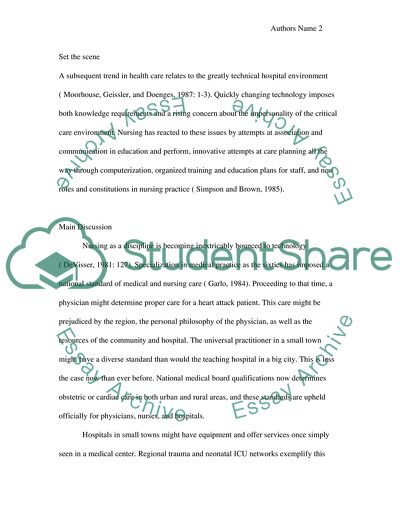Cite this document
(How Technology Impacts on the Nursing Care of the Dependent Patient Coursework, n.d.)
How Technology Impacts on the Nursing Care of the Dependent Patient Coursework. https://studentshare.org/nursing/1703066-nursing-discuss-how-technology-impacts-on-the-nursing-care-of-the-highly-dependent-patient
How Technology Impacts on the Nursing Care of the Dependent Patient Coursework. https://studentshare.org/nursing/1703066-nursing-discuss-how-technology-impacts-on-the-nursing-care-of-the-highly-dependent-patient
(How Technology Impacts on the Nursing Care of the Dependent Patient Coursework)
How Technology Impacts on the Nursing Care of the Dependent Patient Coursework. https://studentshare.org/nursing/1703066-nursing-discuss-how-technology-impacts-on-the-nursing-care-of-the-highly-dependent-patient.
How Technology Impacts on the Nursing Care of the Dependent Patient Coursework. https://studentshare.org/nursing/1703066-nursing-discuss-how-technology-impacts-on-the-nursing-care-of-the-highly-dependent-patient.
“How Technology Impacts on the Nursing Care of the Dependent Patient Coursework”. https://studentshare.org/nursing/1703066-nursing-discuss-how-technology-impacts-on-the-nursing-care-of-the-highly-dependent-patient.


